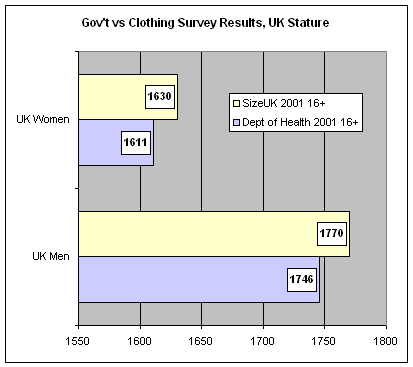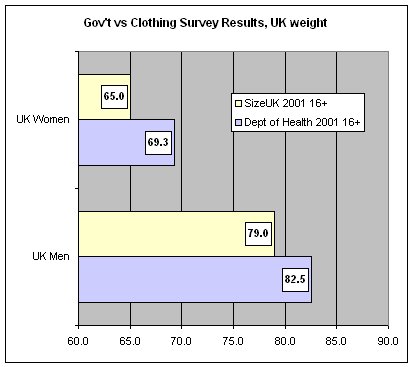| OE Home |
|
| Anthropometry |
|
| Ergonomics |
|
| Fitting Trials |
|
| PeopleSize Anthropometry |
|

 |
Anthropometry Surveys - sampling. Sampling is one of the most important issues in anthropometrics - selecting the individuals to measure, and then persuading as many as possible of those selected to actually participate. On the whole, people who are of 'aspirational' size are more likely to volunteer than others, so every refusal tends to bias the remaining sample towards being taller and lighter. Government health surveys have a great advantage in this - the trust that potential volunteers have in their staff and in the bona fides of the approach - so most other studies tend to use the government data to set quotas for their recruitment. However because data processing takes typically well over a year, and preparation another year or more, there is inevitably a time lag between the quota data and the survey. Also in the nature of things there are always pressures on the ground dragging each quota cell towards one end of its range, so that a quota cell for a range of the shortest people, for example, tends to have more less-short and fewer very-shortest people in it. So even though in theory the quota has been met, the survey ends up with a biased sample.
|


